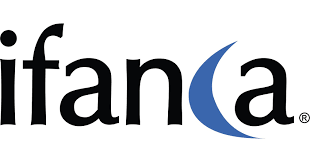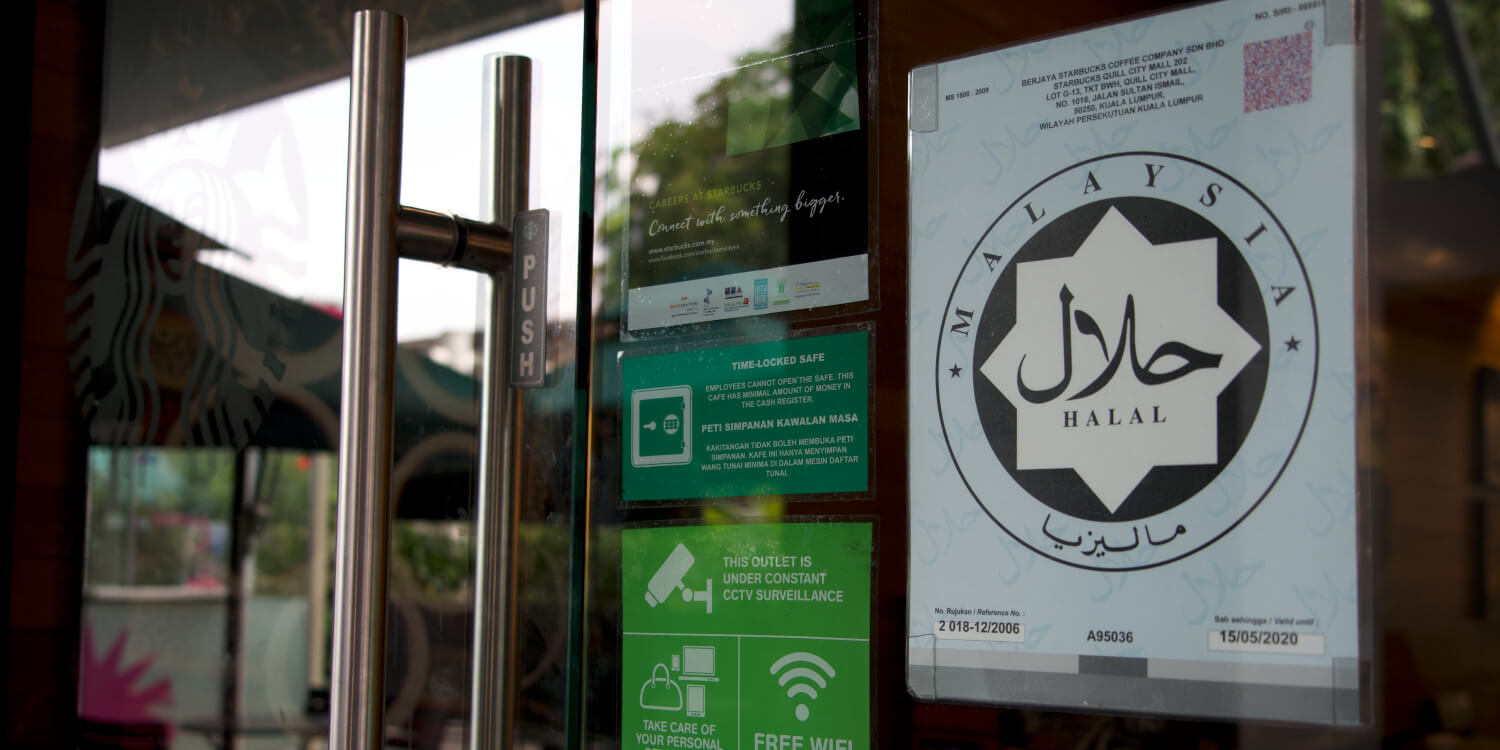
Malaysia’s halal economy to bounce by end of 2021: Halal Development Corporation
KUALA LUMPUR - The custodian of Malaysia’s commercial halal agenda has predicted that the country’s halal economy will start to show recovery from its plummeting fortunes towards the end of this year, but much more time will be needed before the segment returns to pre-pandemic levels.
The Halal Development Corporation (HDC), the government-run agency charged with promoting Malaysian halal expertise to the wider world, said the national recovery plan to bring the public and economy out of a lengthy lockdown in 2020 has so far enabled an improvement in the fortunes for halal manufacturers and traders.
However, although HDC’s vice-president, Hanisofian Alias, told Salaam Gateway that “positive recovery” was expected for Malaysian companies from the fourth-quarter of 2021, it still “might take at least another year for Malaysia to show halal growth beyond the revenue levels recorded in 2019”.
The agency has quoted a domestic market value of around 300 billion ringgit ($71 billion) for 2019. Although there are yet to be official figures for the current state of the segment, Hanisofian said that Muslim consumer spending in Malaysia dropped by about 8% last year.
On the international front, he said: “Since the first drop in halal export revenues, the growth has been very minimal. But while working towards recovery in some halal sectors, Malaysia is now starting to develop or innovate more high-value halal products for the global market.”
Part of the response by halal authorities to the pandemic has come through the country’s halal industry masterplan, which has earmarked sectors of elevated significance to its halal strategy.
Last year, the Malaysia Halal Industry Development Council, chaired by the deputy prime minister and officiated by HDC, began this strategy with one of its focuses being on halal pharmaceuticals. Central to this has been the development of halal vaccines and biologics.
“The challenge will always be in how you implement that roadmap into actions. That will require buy-in from the industry to drive that. You can’t drive a roadmap independently, and the government can only provide so much in terms of development funding,” said Leonard Ariff Abdul Shatar, group managing director of Duopharma Biotech, the largest pharmaceutical manufacturer in Malaysia.
“HDC can only provide a framework, and it’s up to the private sector to turn that into technology. If you look at it from the point of view of the seriousness of HDC and the Malaysia External Trade and Development Corporation driving it, we also need to have greater links with the industry.”
The number of Malaysian small- and medium-sized businesses currently exporting to other countries has dropped by about 16% in the last year from the 1,876 registered in 2019, while Malaysian exports dipped below an annual average of 40 billion ringgit last year for the first time in five years, according to Hanisofian.
According to preliminary estimates by HDC, an estimated 300 halal-focused SMEs have ceased trading with other countries due to closures, disruption in the supply of raw materials and difficulties with logistics. Some of them have been forced to focus on domestic demand due to capacity issues. However, the agency stresses that the data have yet to be finalised.
“The most significant thing we are seeing this year is in the number of Malaysian halal exporters, in that there are about 300 SME exporters missing from the list, whereas for large companies, they have dropped maybe by 20-30 companies,” said Hanisofian.
“SME exporters are badly affected and are not exporting. We know this is a very serious problem; in terms of the global perspective, we need to look at how SMEs are going to survive in this situation.”
Looking farther afield, the situation is now looking brighter as more export markets start to open up on the back of their vaccination programmes. This is particularly the case for countries that started early with their recovery plans. Now, HDC expects to see growth in halal demand from markets in Europe, North America and pockets of Asia.
“This year, some of these countries are seeing a lot of improvement in terms of trade. We are looking forward to the end of this year, when many of them will have completed their vaccination programmes or achieved a good rate of vaccination, and there will be fewer restrictions of movements. People are starting to get back to their business as usual,” said Hanisofian.
The optimism is relative to the situation, however. In 2019, Malaysia’s trade promotion agency, MATRADE, predicted that the overall global halal market would be worth around $3 trillion by 2023—an increase of almost 50% since 2017.
The goal of the International halal economy reaching 2019 levels will still be a long way off, even after it starts to grow.
“I think, in terms of the global halal economy outlook, we will see growth of about 3.1 percent in terms of CAGR over the next five years. We are estimating, by 2024, that the market for halal will reach 2.4 trillion US dollars,” Hanisofian added.
© SalaamGateway.com 2021 All Rights Reserved
